Varieties and cultivation of pink currants

Many gardeners are engaged in the cultivation of a variety of fruit crops. Pink currant is gaining more and more popularity. Berries of this type have a high content of useful trace elements and minerals.
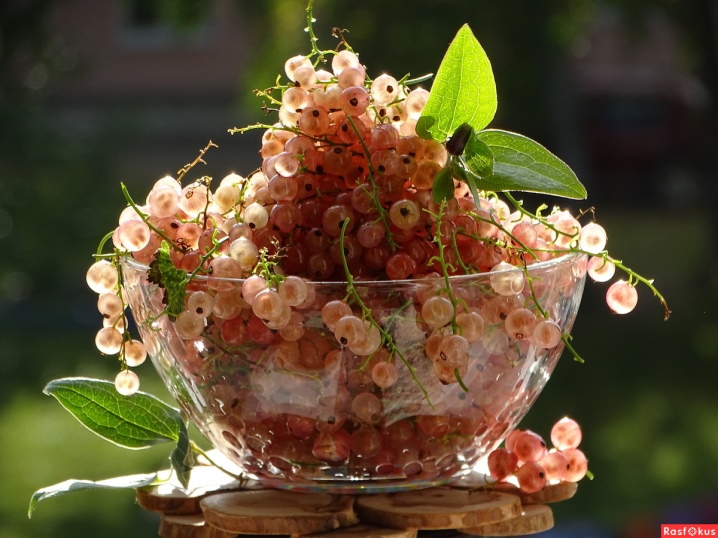
general description
This variety of currant has excellent taste. Its fruits are most often pale pink to hot pink with various shades. The shape of the berries is round, some varieties have an elongated appearance.
This crop mainly produces a medium to early harvest. From one healthy shrub, you can collect about 6-7 kilograms of currants.
The fruits contain many useful vitamins, which are stored in them until the onset of low temperatures.
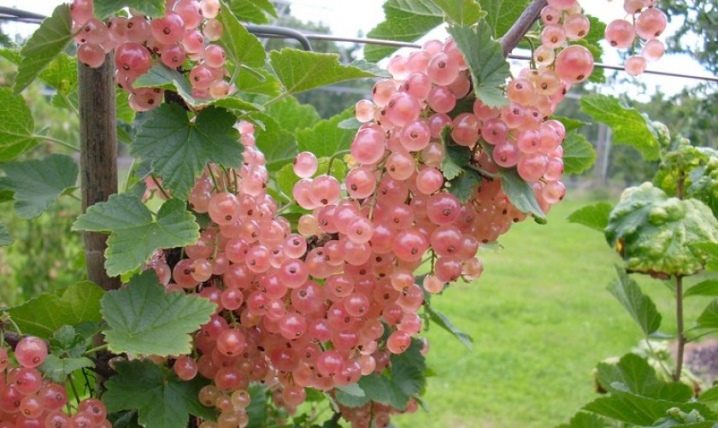
The best varieties
Next, we will analyze the features of some individual varieties of pink currant.
- "Rose Tea"... This type should be classified as sweet dessert. Shrubs are of small growth, their crown is slightly spreading. The fruits are round in shape and have a bright pink color. The weight of one berry reaches about 0.6-0.7 g. This crop is considered an unpretentious variety, but in order to obtain the maximum yield, it is recommended to grow it on loamy lands. It is better to plant seedlings in partial shade or in the sun.
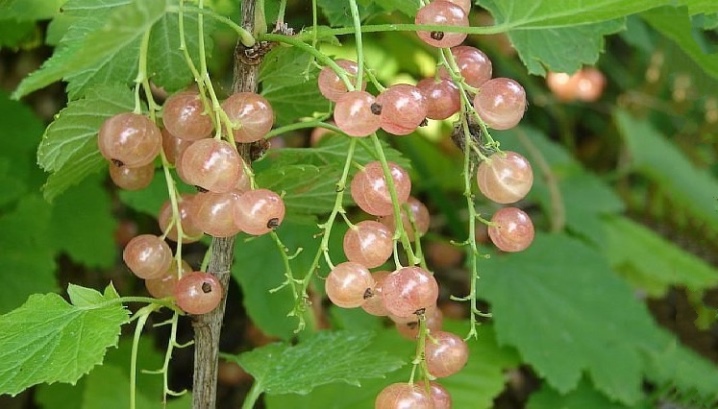
- "Dutch pink". The variety ripens rather late. Shrubs in height can reach 1.5 m, they all differ in a spreading crown. Ripe fruits are pale pink in color and large in size. Currants have a slightly sour taste, but at the same time, such a variety is still classified as a dessert. "Dutch Rose" has a high yield level. Also, such currants can boast of special resistance to sudden changes in temperature, droughts.
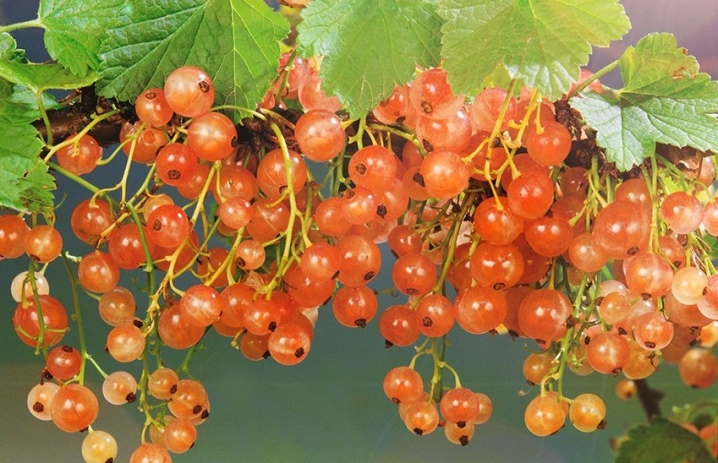
- "Pink Pearl". This species is distinguished by the largest fruits with a sweet taste. He is considered absolutely unpretentious. "Pink pearls" can be planted in the southern regions, in the middle lane, including the Moscow region. The variety has a spreading crown, so all berries are reliably protected from possible sunburn. The roots of these shrubs are extensive, they have a large number of processes on the lateral sides. From one shrub, you can get about 3-4 kilograms of harvest.
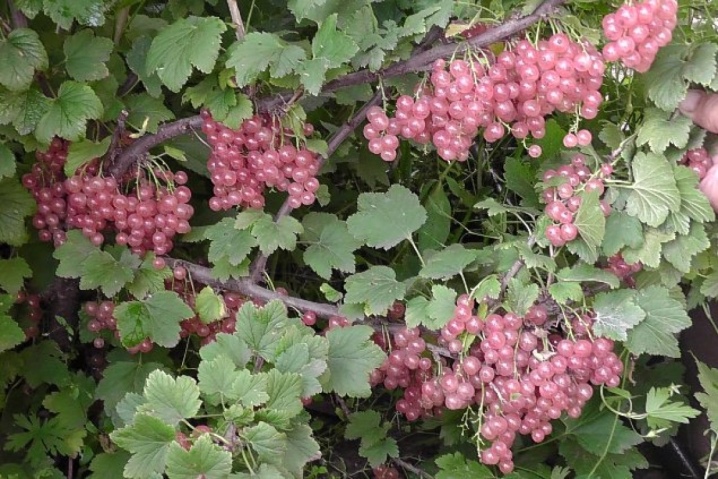
- "Lyubava". Such a medium-ripening fruit crop has large fruits with a rounded shape and light colors. The weight of each berry can be about 0.8-1 g. The fruits have a slight sourness in taste, they contain a large amount of ascorbic acid. Shrubs can easily survive droughts and frosts. In addition, the plants boast special productivity and regular fruiting.

Landing
In order for pink currants to be able to fully develop and bring a good harvest, it is worth remembering some of the rules for planting it. This species is best planted in early fall. For this vegetation, loamy and sandy loam soils will be the best options. Moreover, they can be neutral or slightly acidic. Such varieties are not recommended to be planted in low-lying and too damp places. It is best to choose an open area that is well lit by the sun.
Particular attention should be paid to the selection of seedlings... Pink currants are propagated by cuttings or seedlings. The second option is considered the most preferable, because it will be much more difficult for the cuttings to take root. Annual and biennial plants will be suitable for planting. It is better to immediately select vegetation with various root damage. You should not use it for planting, select only healthy and strong specimens.
Most often, several different varieties of this fruit crop are placed on one land plot at once.
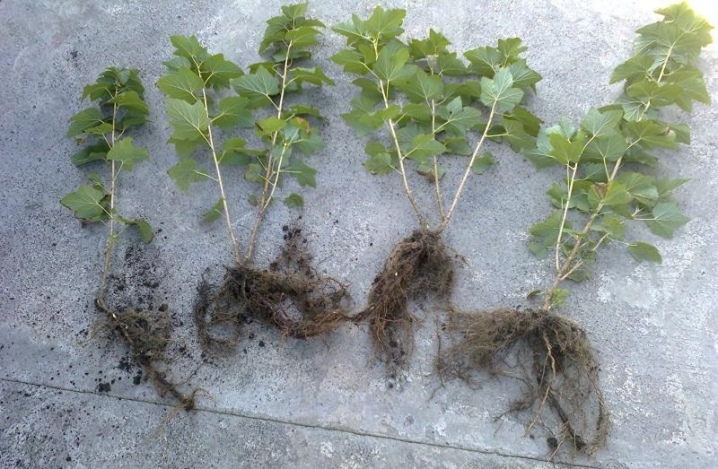
If you plan to use low-growing varieties, then the planting holes should be formed at a distance of about a meter from each other.... If you are planting vigorous specimens, then in this case the distance should be about 1.5-2 meters. All planting pits should have a diameter of about 60-70 cm, their depth will be about 50 cm. A little superphosphate must be added to the dug soil. It is also recommended to add humus there immediately. The whole mass is thoroughly mixed.
It is better to prepare planting holes in 3-4 weeks. The vegetation is planted at a slight angle so that the small seedlings develop into a mature shrub with many branches. After the procedure, the soil will need to be lightly tamped. Under all the planted bushes, half a bucket of water is poured. After that, the earth is well mulched; for this, humus should be used. If the weather is too dry, then after 3-4 days watering will need to be done again.

Care
Such currants prefer a large amount of water, so it will be necessary to water at least four waterings during the growing season.... If the weather is too hot, then watering is carried out once a week. Moreover, one shrub should account for about 40 liters of liquid. It is recommended to form a small groove around each fruit bush for moisture and create small bumps from the soil. Remember that sprinkling is also important for these plants.
Don't forget about feeding... Rose currant needs a variety of minerals. During the growing season, fertilizer must be applied four times. When fertilizing for the first time in the spring season, you can use a nitroammophoska. For further procedures, potassium sulfate and superphosphate, wood ash should be used. Sanitary pruning should also be carried out regularly.... During this procedure, old and damaged plant parts are removed. They are often sources of various infections, so they should be burned immediately.
The pink variety is considered to be quite resistant to low temperatures, it can easily tolerate frosts of -40 degrees. But it is still recommended to cover the fruit plants before the onset of frost. For this, a special film or fiber is used.
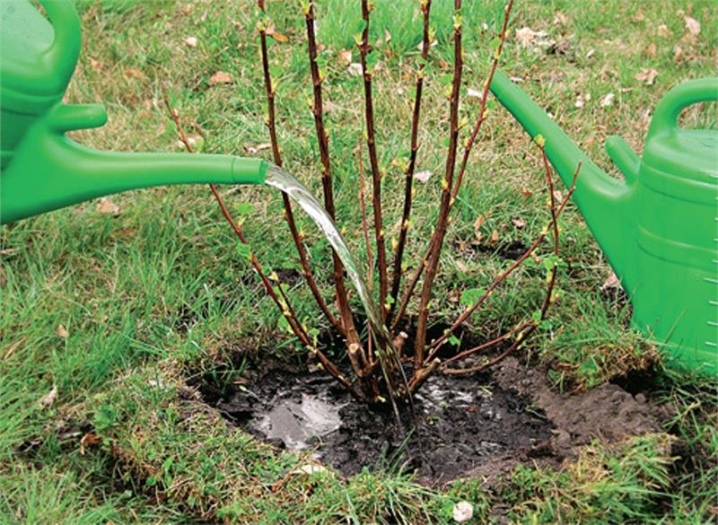
Reproduction
Pink currants can be propagated by dividing the shrub or by using young shoots. In the second case, the shoots will need to be pressed to the ground in advance. When the cuttings begin to take root in the new site, the vegetation is dug up, then transplanted to another place.
Also, these varieties can be propagated by seeds and cuttings. The second option is considered to be simpler. It will be necessary to cut material from the shrub in early spring. The shoots are planted in a new area, while deepening into the ground by about 4 buds. Further, the vegetation is watered abundantly, the land around is mulched.
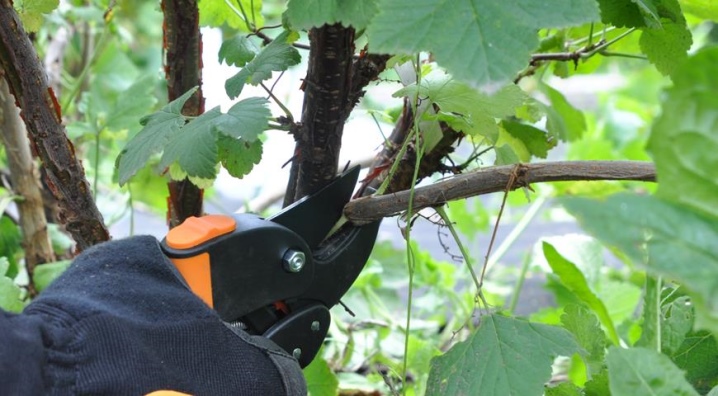
Diseases and pests
This fruit crop is quite resistant to diseases and pests. Sometimes it is affected by a variety of fungal infections. If the bushes have already been infected, you should immediately carry out sanitary pruning, treat the bushes with special means. Most often in such cases, strong fungicides are used, they are used in accordance with the instructions. You can combine the use of chemicals and folk remedies.
Various insect pests (currant aphids, ticks, goldfish) can also appear on the bushes. To combat such harmful organisms, preliminary sanitary pruning is also carried out, and then the plants are treated with copper-containing compounds.
To prevent the occurrence of various diseases and the appearance of insects, preventive measures should be taken in a timely manner. So, in the spring it is necessary to do treatments with boiling water. If affected leaf plates are found, they are immediately removed. If you notice harmful parasites on the currants, the bushes can be sprayed with special insecticides.
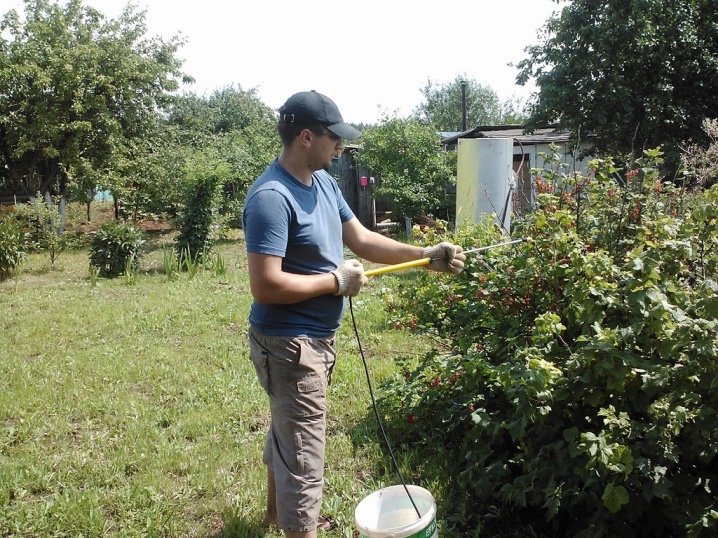













The comment was sent successfully.